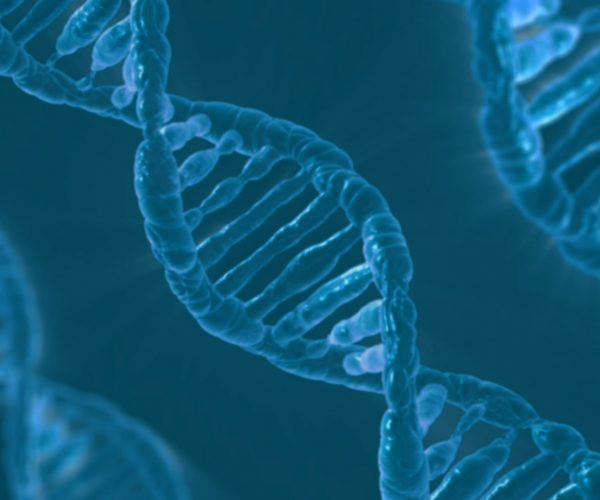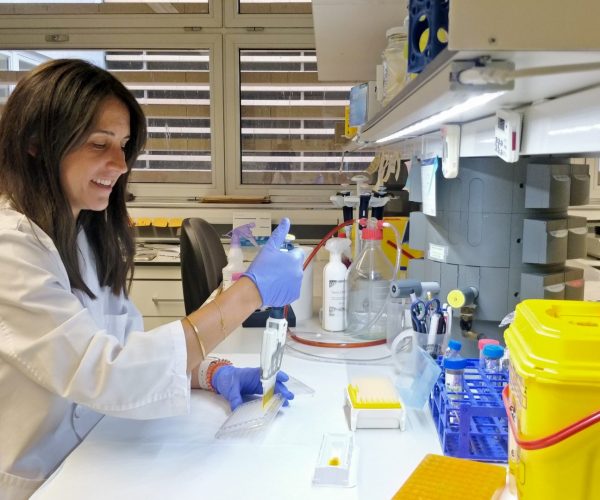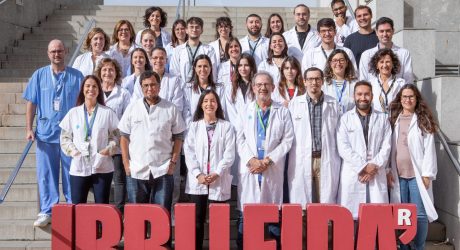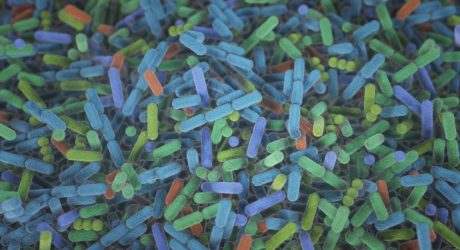Vitamin D receptor inhibition helps prevent vascular calcification in chronic kidney disease and reduce mortality
According to research led by the Vascular and Renal Translational Research Group, which also confirms that small RNA molecules (microRNAs) can protect against calcification
The elimination of the vitamin D receptor exclusively in vascular smooth muscle cells (a type of muscle without striations) of the artery helps to prevent vascular calcification, the hardening of the arteries, and therefore helps to reduce complications and mortality in people suffering from chronic kidney disease. This has been confirmed by research led in Lleida by staff from the Institute of Biomedical Research of Lleida (IRBLleida) and the University of Lleida (UdL), in collaboration with the Central University Hospital of Asturias, the Institute of Health Research of the Principality of Asturias and the Network of Cooperative Research Focused on Health Results (RICORS2040). The research has been published in the journal Arteriosclerosis, Thrombosis and Vascular Biology.
The research has also confirmed the protective role of microRNAs in calcification, small non-coding ribonucleic acid molecules, which can post-transcriptionally regulate gene expression, i.e. after they have been expressed as messenger RNA, but before the protein has been formed. “The role of vitamin D in vascular calcification is not fully described, as it has been shown that both high and low levels of vitamin D can be harmful and influence vascular calcification. The novelty of this research is that the vitamin D receptor influences calcification locally, exclusively in the smooth muscle cells of the arteries. These cells are the ones that undergo a phenotypic change towards bone cells during vascular calcification in kidney disease,” explains the first author of the article and member of the Vascular and renal translational research group of the IRBLleida and the UdL.
Vitamin D helps to absorb calcium and enables bone formation in children. Patients with chronic kidney disease have decreased vitamin D levels, which is responsible for the development of secondary complications such as hyperparathyroidism, leading to bone demineralisation and increased risk of fractures. For this reason, treatment of these patients with active (calcitriol) or inactive (calcidiol) vitamin D is common practice. “This discovery allows us to initiate new therapeutic approaches to prevent this vascular calcification and, therefore, also to reduce complications,” added IRBLleida researcher Maite Caus.
The research has been carried out with samples of human arteries, animal models and cell cultures. It has analysed the epigastric arteries (from the abdominal wall) of people with chronic kidney disease and also with animal artery models (with mice). The research has been supported by the Instituto de Salud Carlos III (PI18/00292, PI18/00610, PI21/00204, PI21/01099 and CP19/00027), the AGAUR agency, the Diputació de Lleida, the renal research network REDin-RENO RETIC, the European Social Fund ‘The ESF invests in your future’ and the ERDF fund ‘A way for Europe’.
Article:
Caus M, Alonso-Montes C, Fernandez-Martin JL, Marti-Antonio M, Bozic M, Valdivielso JM. Vitamin D Receptor From VSMCs Regulates Vascular Calcification During CKD: A Potential Role for miR-145a. Arterioscler Thromb Vasc Biol. 2023 Jun 29. doi: 10.1161/ATVBAHA.122.318834. Epub ahead of print. PMID: 37381989.




